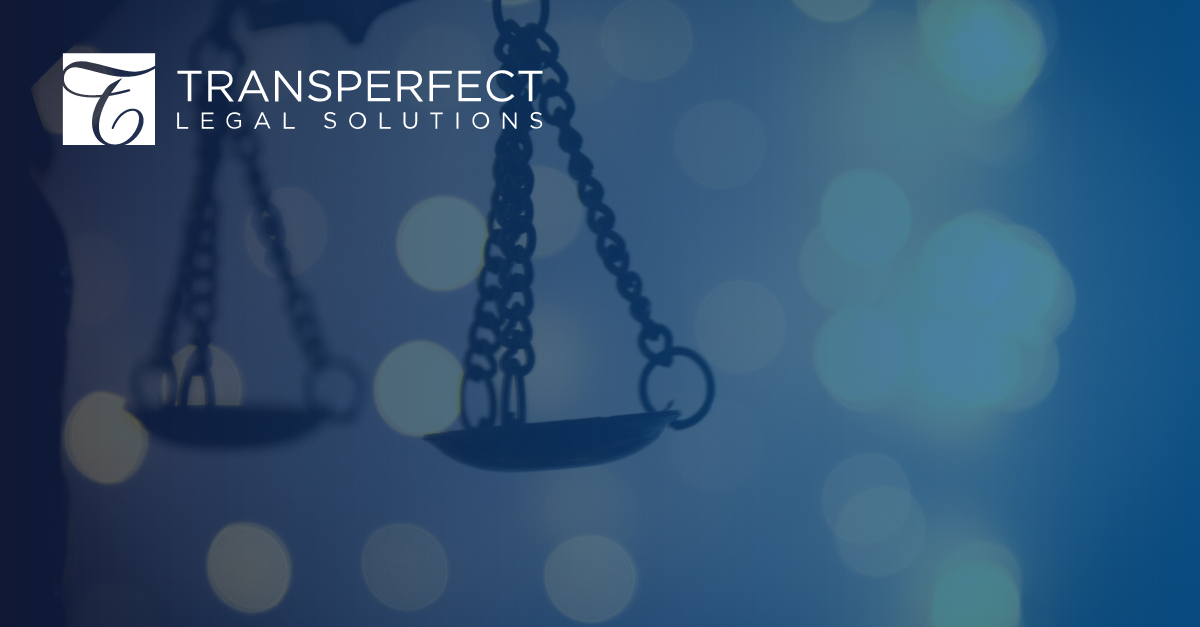Eight Best Practices for Managing Multi-District Litigations
Eight Best Practices for Managing Multi-District Litigations


Multi-District Litigation (MDL) is a complex judicial tool to create efficiency within the court system and consolidate matters from various jurisdictions into one. For those MDLs that traverse the country–opioid most recently and tobacco a few decades ago–the formula should include a documented methodology for the massive amounts of potentially relevant data collected from the parties.
Opioid MDLs in particular include significant amounts of data. What’s more, data in these cases is used across various subpoenas by different legal teams. This requires unique security access and coding rights for each legal team and that the technical team includes a quality control process that addresses consistency across matters. With proper planning, foresight, and structuring, the data dynamically provides for inevitable timeframe shifts, the addition of custodians, and any current unknowns.
To address these complexities, here are eight tips for organizing your MDL data so that you are in the best position to add value to your legal team.
1. eDiscovery and Legal Teams Should Meet Prior to the Onset of the Matter
Both teams should meet to discuss current workflows and any potential workflows—e.g., if other parties join the litigation. It is often difficult to predict the path that litigation and data collection may take. It is thus advisable to maintain an open and dynamic workflow so modifications can be made. Insist on regular meetings with all teams to discuss current tasks and anticipate previously unexpected developments. All expectations and timelines should be discussed upfront so that expectations are aligned.
2. Store Data in One Database and Secure it Accordingly
Since there may be any number of legal teams and subpoenas involved in one matter, proper data organization and security is imperative. Securing data in a single database is key as it could be shared by multiple team members across multiple jurisdictions for review and production. Legal teams should require consistent workflows based on the subpoena so that all involved parties have a record of where and when the data was reviewed. Maintaining a proper data manifest throughout the lifecycle of the case is essential. Logging proper security and documentation of security is also imperative due to the number of parties in the database.
3. Maintain a Manifest of all Collected Data and Document All Production Processes
It is important to document all data collection—including the date of collection, date range of the data, and custodians of each document—and track any culling criteria, such as search terms and date restrictions used to promote data into a review workflow. Due to the duration of many matters, it is best to keep concise records so teams can track any historical changes to data collections and search criteria. Do not assume that all productions and review workflows will be the same. All changes in search terms and other culling criteria should be documented and organized in real time. Keep updated documentation of all searches and productions in a centralized location for all team members to reference. There should be no single point of failure in a large-scale review to ensure that all institutional knowledge is available regardless of personnel availability or changes and that there is a consistent review of any additional data that may be added to the database.
4. Encourage Legal Team(s) to Negotiate a Universal ESI Agreement
Due to the potential volume of relevant data for production, counsel may be encouraged to negotiate a universal ESI agreement for all parties. This will streamline the production process and allow for consistent, relevant data delivery as well as redundancy in the product delivered to multiple parties over time.
5. Track Review Coding with Specific Tags
MDLs can make coding and review more complex due to the same data being used in multiple subpoenas whereby relevance may be determined differently across the matters. Track coding with specific fields and tagging for future reference and potential cross-reference. Do not just consider the reason for relevance now but take into consideration the reason for any future relevance. Using clearly labeled fields within the database for each response is essential, especially when data needs to be queried for specific subpoenas.
6. Do Not Load Duplicative Data
Deduplication is usually not a difficult decision to make when it comes to data and cost efficiency, but when a long-term MDL review takes place, date refresh collections for various custodians can become common over time. Track all prior data and only overlay new data in the database to reduce coding discrepancies and inefficiencies.
7. Preserve a Clean Document Copy
When producing data, do not permanently brand or redact documents. There is a high possibility that the same document or record will be used in a different jurisdiction. Branding a document permanently can cause issues with production inconsistencies or more work in the long run.
8. Keep a Clean House
There are myriad moving parts in a MDL matter. Keeping your database clean is a must. Organize your search folders and segregate them accordingly per group. This will allow you to manage database security for multiple parties more easily.